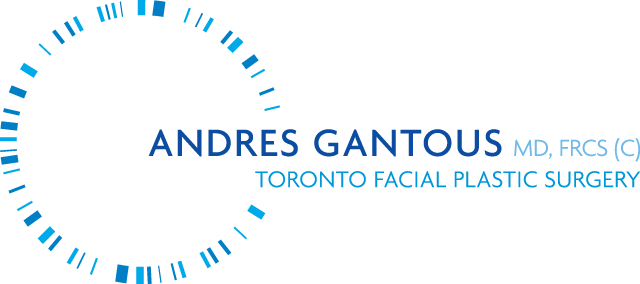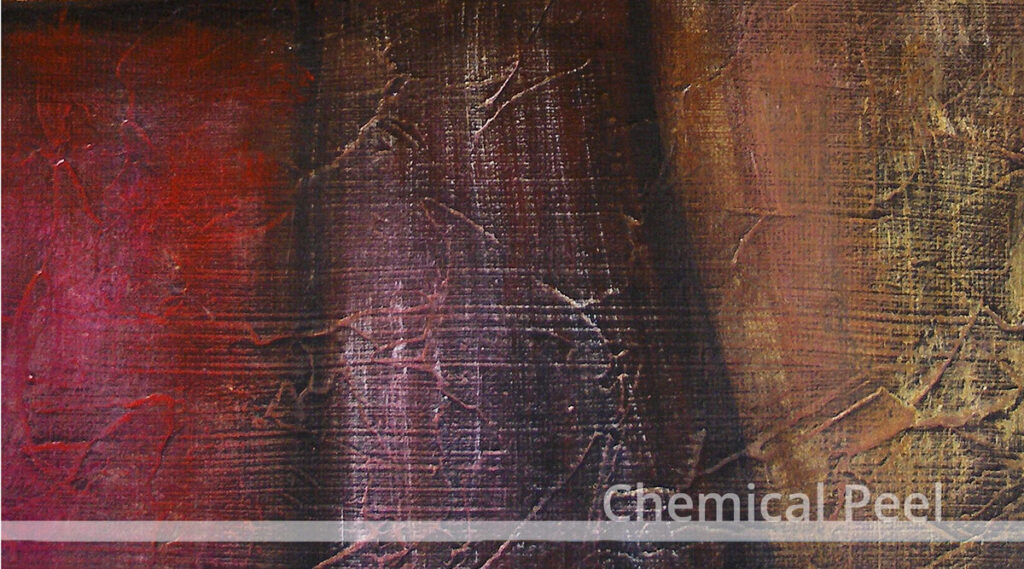A medium-depth chemical peel containing 35 percent trichloroacetic acid is a safe, effective, and reliable method for treating fine lines and wrinkles. The process involves the application of an exfoliant to your skin’s surface to remove superficial wrinkles and improve its texture. Apart from treating fine lines and wrinkles, a mild chemical peel also works well on pigmentary dyschromias and depressed scars.
Medium-depth peels wound your skin through the papillary dermis, necrotizing the epidermal layer and part or all of your papillary dermis by means of an inflammatory reaction in the reticular dermis. This stimulates a healing reaction in your body to create fresh new skin cells and beautiful healthy skin.
"*" indicates required fields
What Is the Role of Trichloroacetic Acid?
Trichloroacetic acid has no associated systemic toxicity and can be used to create chemical peels of different concentrations by mixing it with distilled water. A 35 percent weight by volume TCA solution has been found to be extremely effective in treating fine lines without causing any adverse side effects.
What Happens During the 35% TCA Chemical Peel?
The surgeon will first administer a sedative to help you with the anxiety. Your face will be vigorously cleaned and degreased. Following this, the surgeon will rinse and dry your skin thoroughly.
Once your face is dry, your face will be scrubbed with an acetone preparation to remove the debris and residual oils. A comprehensive degreasing is essential for the peel to penetrate your skin effectively. If there is any oil left after the cleaning, then your skin will be degreased again.
Once your skin is completely clean, the surgeon will apply the 35 percent TCA solution with the help of cotton-tipped applicators. Care will be taken to ensure that the acid does not drip over sensitive areas like the eyes or neck. As the peeling agent is applied to your skin, you will experience a mild burning and stinging sensation. You will also be given aspirin to help with the swelling and pain. If it is administered before the surgery, there is a good chance that it is all you might need during the post-operative period.
Your face will be peeled sequentially, starting from the forehead and moving over to the cheeks and chin. If your wrinkles are deep and noticeable, then the surgeon will stretch your skin out to allow for an even coating of the peeling solution into the troughs and folds. Deep furrows like expression lines may not be eradicated by a medium chemical peel – you might have to go for a stronger peel. Your surgeon will discuss your options with you.
Post-Treatment Care
The re-epithelialization of your skin will begin on day three and will continue for one more week. The peel will also stimulate the production of collagen, which is the structural protein that holds your skin cells together. It bears mentioning that formation of new collagen will take about two to three months. You will need to wear sunscreen for the first few weeks before you step outdoors. Make sure that it is at least SPF 30 and protects your skin from both UVA and UVB rays.
Your Chemical Peel
To schedule an appointment with Dr. Andres Gantous, an experienced facial plastic surgery specialist, contact our office and arrange a consultation. Dr. Gantous has provided quality facial rejuvenation to numerous patients in the Toronto area.

